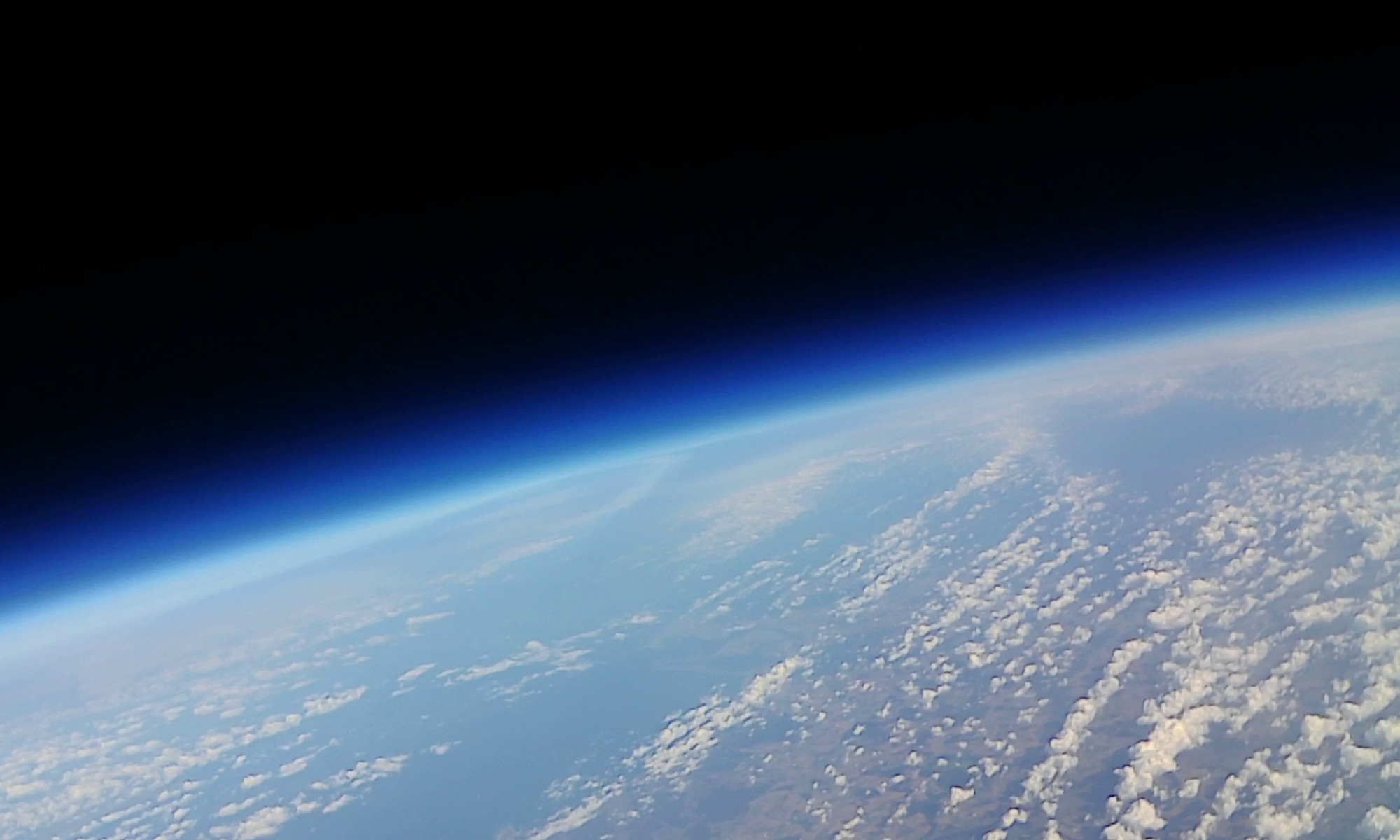For a Weatherballoon mission lead by the Ricarda-Huch-Schule we prepared and tested a Geiger-Müller Counter module. The challenge is to operate the high voltage supply of the tube in the partial vacuum of the stratosphere. We may encounter a Corona discharge, which may destroy the electronics or at least impact the measurements. We are all happy to leave Corona behind us. The second issue is the internal pressure of the tube. We passed all tests. Down to 1mbar pressure the unit worked flawlessly.
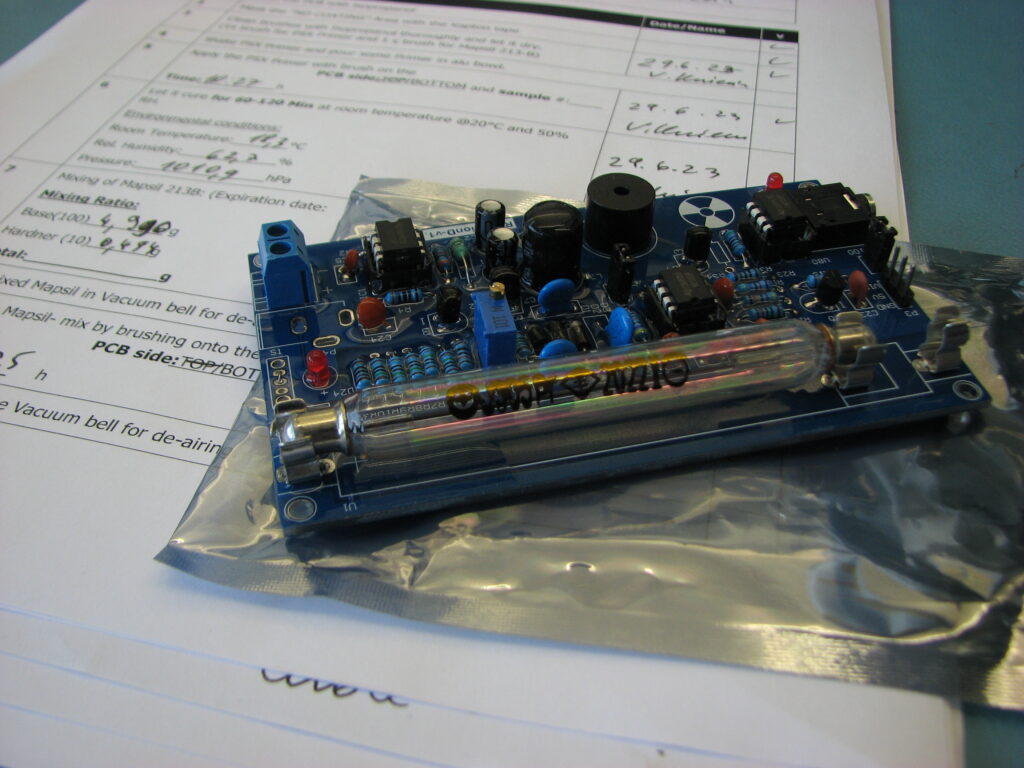
First, the tube was tested individually. It survived low pressure. The HV was calibrated to 400V as prescribed in the manual. Then we removed the calibration connecter and a power connector that were too close to the HV electrode of the tube. The board was coated twice with a space grade 2-component silicone encapsulant, in particular the HV supply and the area close to the HV end of the tube. We obtained an insulation distance of about 4cm.
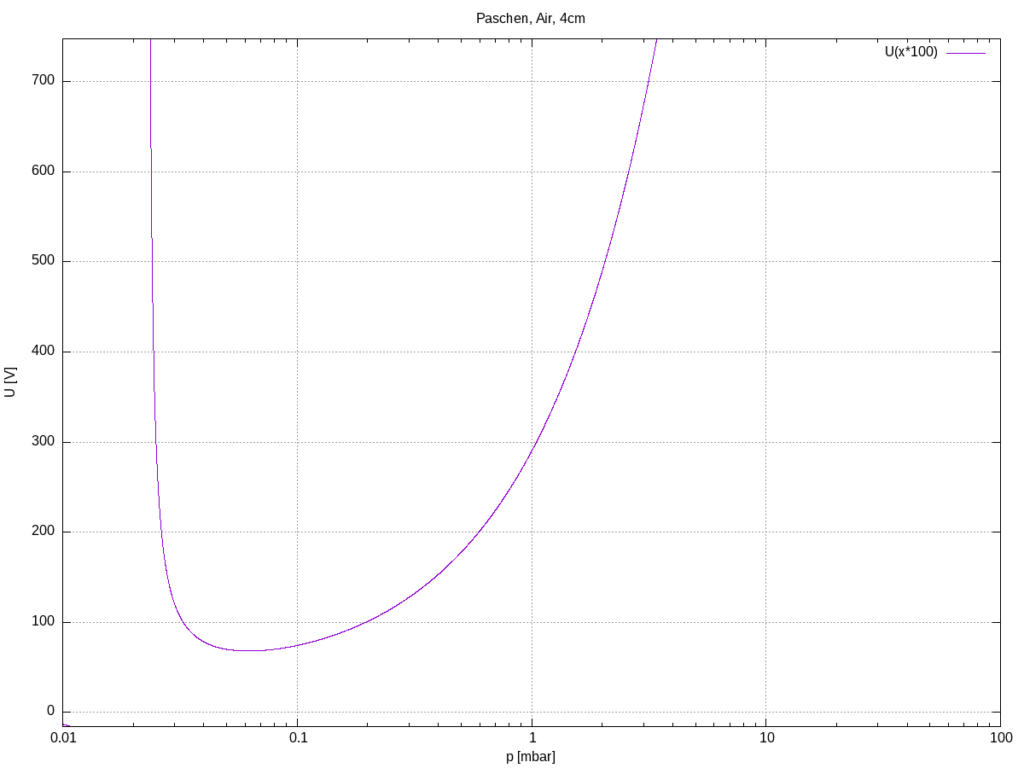
The Paschen Curve tells us that we should be good down to a few mbar.
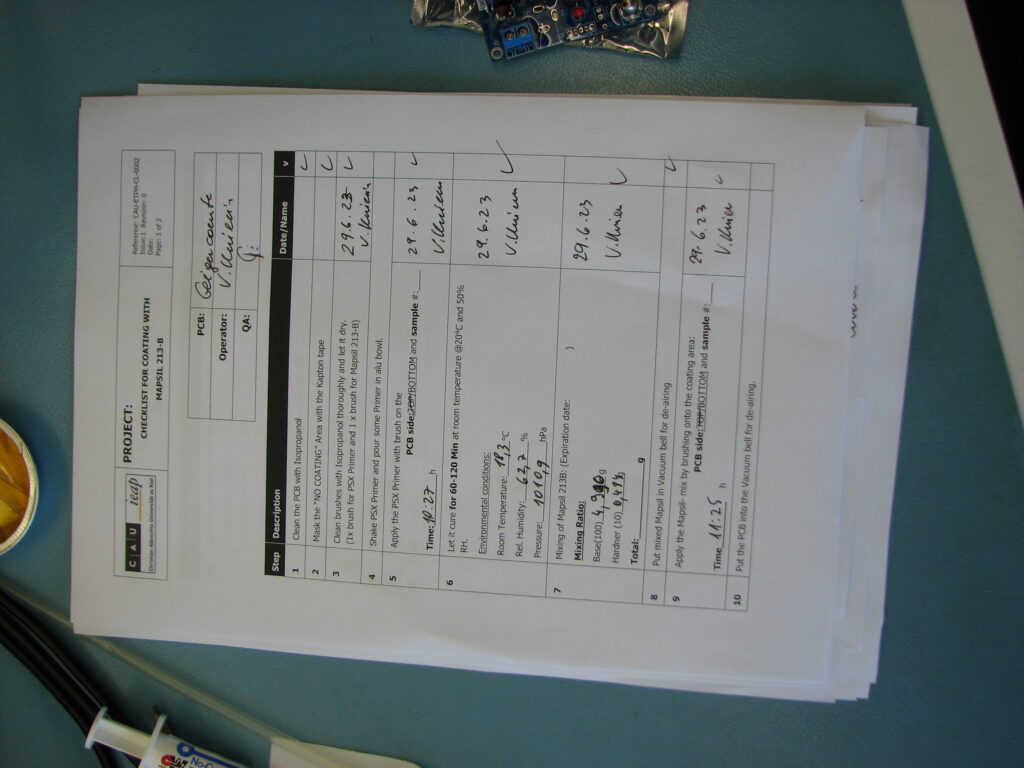
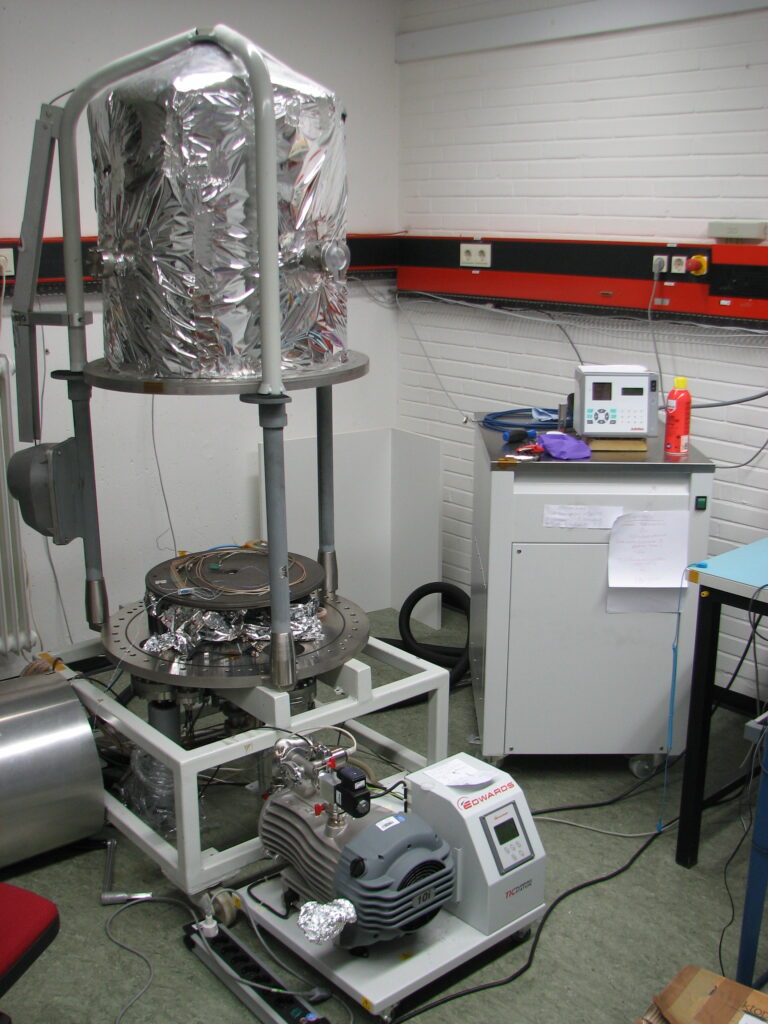
First, we tested in a glas chamber, to visually observe the test. But that pump could not go below 60mbar. Then we used our regular thermal vacuum test stand for balloon missions, shown above. The test was performed at room temperature. We used only the rough vacuum pump, which took the chamber pressure down to 1mbar. The output of the module was monitored with an oscilloscope. A ²⁰⁷Bi souce was place inside the chamber to increase the counting activity. It worked well. Unfortunately, we did not take any pictures.
Vio did the coating, see the log sheet above. Ronja soldered the feedthrough harness and performed the Vaccum tests. Sönke observed radiation safety. Matti provided the counter module.
Now we are waiting for the flight forecasts to predict a landing site on land.
